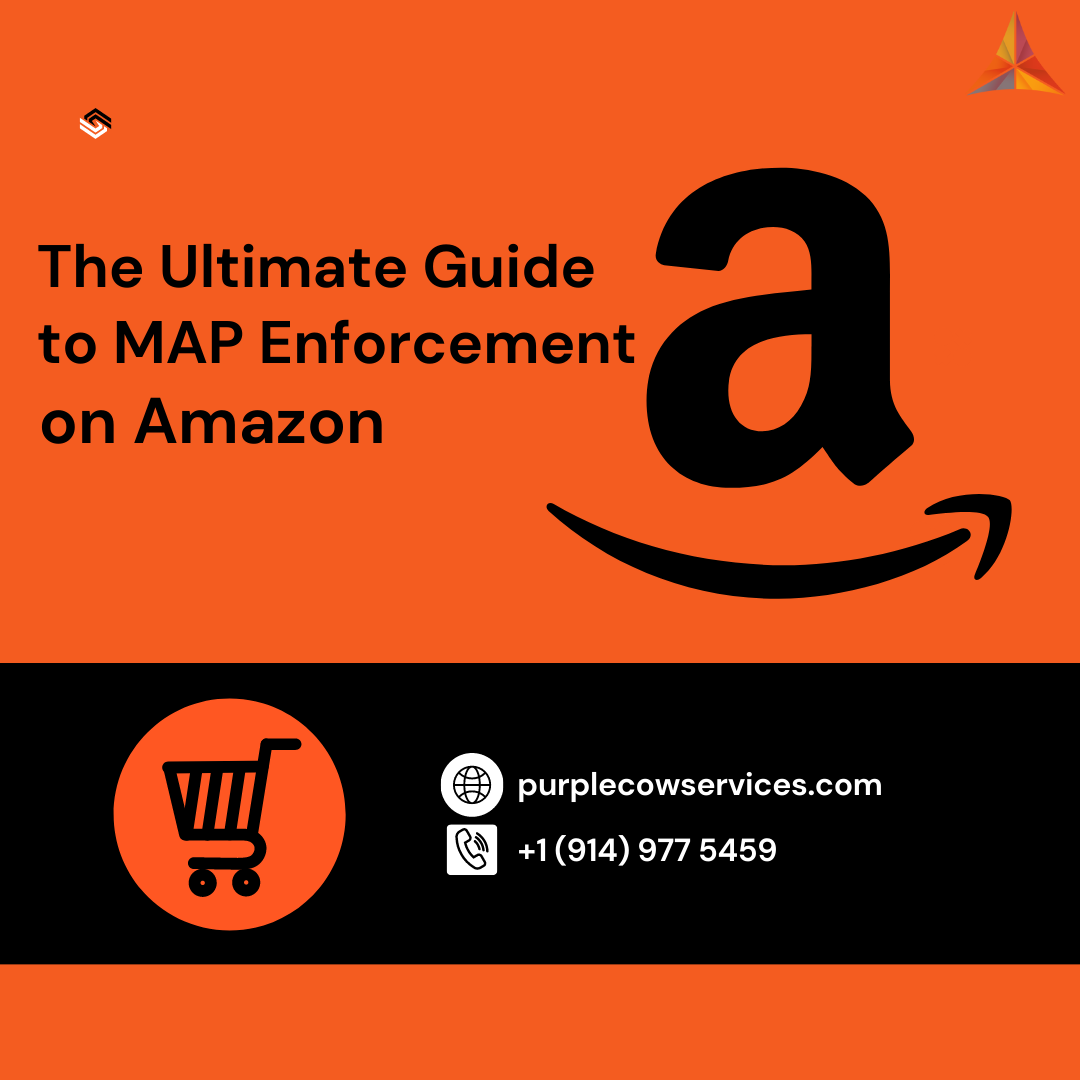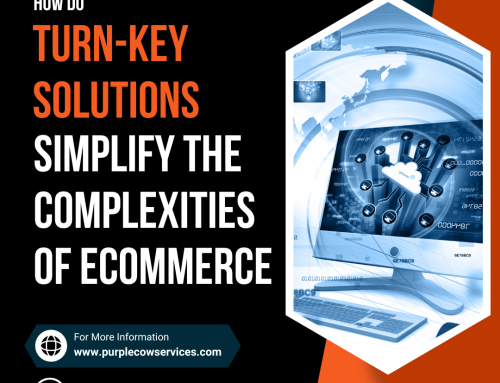In the competitive world of e-commerce, maintaining a consistent price for your products is essential for protecting your brand value, reputation, and relationship with retailers. That's where MAP enforcement comes into play.
Share This Story, Choose Your Platform!
In this ultimate guide, we’ll explore everything you need to know about MAP enforcement on Amazon, including what it is, why it’s important, and how to enforce it effectively.
What is MAP Enforcement on Amazon?
Minimum Advertised Price (MAP) is a policy between manufacturers and retailers that sets a minimum price for a product to be advertised. MAP enforcement ensures that all retailers comply with this policy and maintain the same price for the manufacturer’s product. On Amazon, MAP enforcement is crucial because it’s a highly competitive platform with millions of products and sellers.
Why is MAP Enforcement Important on Amazon?
MAP enforcement is essential for protecting your brand’s value and reputation on Amazon. Here are some reasons why:
Maintains Brand Value: With MAP enforcement, you can maintain your brand value by ensuring that all sellers advertise your product at a consistent price, which makes it easier for customers to recognize and value your brand.
Protects Retailer Relationships: Enforcing MAP policy ensures that all retailers adhere to the same pricing structure, promoting fair competition and preventing retailers from undercutting each other. This helps you maintain a positive relationship with your retailers.
Prevents Price Erosion: Without MAP enforcement, some retailers may sell your product at a lower price, which can lead to a perception that your product is low-quality or less valuable.
How to Enforce MAP on Amazon?
Enforcing MAP on Amazon can be a challenging task, but here are some strategies you can use to ensure compliance:
Set Clear MAP Policy: Start by establishing a clear and concise MAP policy that outlines the minimum advertised price for your product. Make sure to communicate this policy to all your retailers and include it in your contracts.
Monitor Retailer Compliance: Regularly monitor your product listings on Amazon to ensure that all retailers comply with your MAP policy. You can use automated tools to monitor your listings and detect any violations.
Enforce MAP Policy: When you detect a violation, take action immediately. Send a warning to the seller and request that they adjust the price. If they refuse, consider withholding inventory or terminating the seller’s account.
Use Amazon’s Brand Registry: Enroll in Amazon’s Brand Registry program to gain access to more tools and resources to help enforce your MAP policy. With Brand Registry, you can report violations directly to Amazon and request that they take action against the seller.
Work with an Expert: If you’re struggling to enforce your MAP policy, consider working with an expert in MAP compliance. They can help you develop an effective strategy and navigate any legal issues that may arise.
Best Practices for MAP Enforcement on Amazon
Here are some best practices to follow when enforcing MAP on Amazon:
Be Consistent: Consistency is crucial when enforcing MAP. Make sure that all retailers adhere to your MAP policy and take the same actions against all violators.
Communicate Clearly: Clearly communicate your MAP policy to all your retailers, including the consequences of violating it.
Use Automated Tools: Use automated tools to monitor your product listings on Amazon and detect any violations. This can save you time and help you identify issues more quickly.
Track and Report Violations: Keep track of all MAP violations and report them to Amazon or take action against the seller yourself. This helps you maintain control over your pricing and ensures that all retailers comply with your MAP policy.
The Benefits of MAP Enforcement on Amazon
Enforcing MAP policy on Amazon has many benefits, including:
Maintaining Brand Value: MAP enforcement helps maintain your brand value by ensuring that your products are sold at a consistent price across all retailers listings. This consistency makes it easier for customers to recognize and trust your brand.
Protecting Retailer Relationships: By enforcing MAP policy, you promote fair competition among retailers and prevent undercutting. This helps you build and maintain a positive relationship with your retailers, which is essential for long-term success on Amazon.
Preventing Price Erosion: MAP enforcement prevents price erosion by ensuring that your products are not undervalued or undersold. This protects your brand’s image and helps maintain the perceived value of your products.
Improving Profit Margins: By enforcing MAP policy, you can ensure that your products are sold at a fair price that allows you to maintain healthy profit margins. This is essential for staying competitive and profitable on Amazon.
Conclusion
MAP enforcement is critical for maintaining a consistent price and protecting your brand’s value on Amazon. By establishing a clear MAP policy, regularly monitoring compliance, and taking action against violators, you can ensure that all retailers adhere to your pricing structure. Following best practices and enrolling in Amazon’s Brand Registry program can also help you enforce your policy more effectively. By enforcing MAP policy, you can maintain a positive relationship with your retailers, prevent price erosion, and improve your profit margins. Take the time to develop an effective MAP enforcement strategy and protect your brand’s value on Amazon.
Looking for a standout brand identity that will make your business unforgettable? Look no further than Purple Cow! Our expert branding and design services will help you create a unique and memorable brand that will set you apart from the competition. Let us help you make a lasting impression with a bold and unforgettable brand identity. Contact us today to get started!

















